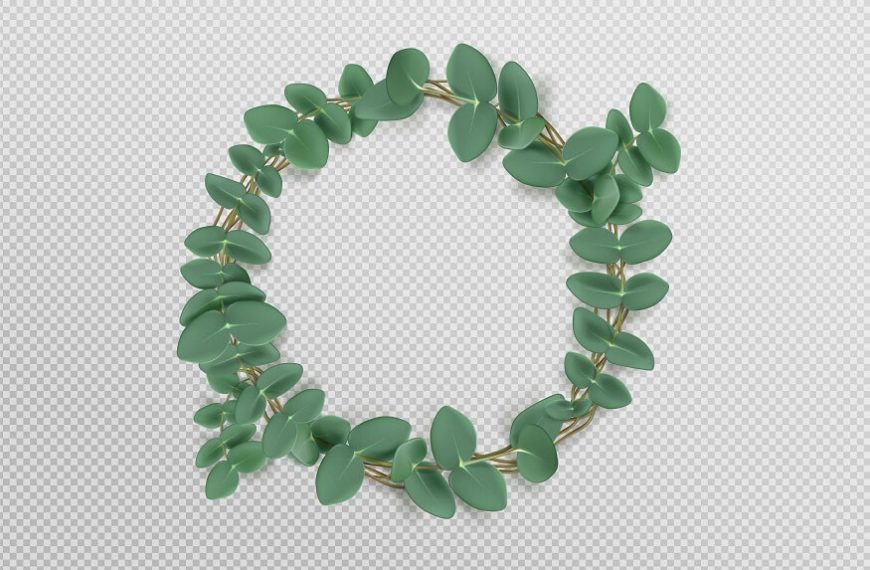Children have a natural feeling of wonder and curiosity about their surroundings. Using practical tasks to stimulate this natural curiosity is not only a fun experience, but also provides an opportunity for holistic development. Nature bracelet activities, which involve crafting with materials collected from the outdoors, provide an engaging and educational way for preschoolers to connect with nature. In this blog, we will explore some easy bracelet-making ideas for preschoolers and its benefits.
DIY Nature Bracelet Craft Ideas:
Here are some nature and handmade bracelet ideas for preschool kids.
- Twig and Leaf Bracelet:
- Floral Press Bracelet:
- Seed Bead Bracelet:
- Pinecone Band:
- Nature Sticker Bracelet:
- Rock and String Bracelet:
- Pressed Leaf Cuff:
- Butterfly Wing Bracelet:
- Fruit Slice Bracelet:
- Wildflower Chain Bracelet:
- Nature Print Bracelet:
- Seashell Bracelet:
- Grass Weaving Bracelet:
- Twig Wrapped Bracelet:
- Leaf Impression Bracelet:
- Feather Charm Bracelet:
- Moss Bracelet:
- Bird’s Nest Bracelet:
- Herb Infused Bracelet:
- Dandelion Wish Bracelet:
- Sunflower Seed Bracelet:
- Rainbow Nature Bracelets:
- Recycled Material Bracelet:
Materials: Twigs, leaves, yarn, or twine.
Method: Collect small twigs and vibrant leaves during an outdoor adventure. String them onto a piece of yarn or twine to create a rustic and charming bracelet.
Materials: Fresh flowers, transparent tape, and paper.
Method: Pick small flowers and press them between sheets of paper using transparent tape. Attach the pressed flowers onto a bracelet base for a lovely and ephemeral accessory.
Materials: Large beads with holes, seeds, and elastic cord.
Method: String seeds and colorful beads onto an elastic cord to create a nature-inspired bead bracelet. This activity enhances fine motor skills and introduces patterns to preschoolers.
Materials: Small pinecones, felt, glue, elastic band.
Method: Attach small pine cones onto a felt strip using glue. Once dry, secure the ends of the felt strip to create a pinecone band bracelet.
Materials: Stickers with nature motifs, paper strips, tape.
Method: Cut paper strips and attach nature-themed stickers onto them. Wrap the strips around the child’s wrist, securing them with tape.
Materials: Small, smooth rocks, colorful string.
Method: Paint or decorate small rocks and string them onto colorful cords to make a sturdy and artistic rock bracelet.
Materials: Assorted leaves, transparent contact paper.
Method: Encase pressed leaves between sheets of transparent contact paper, creating a leaf cuff bracelet. This activity teaches children about preservation.
Materials: Coloured paper, pipe cleaners.
Method: Cut butterfly shapes from colored paper and attach them to pipe cleaners, forming a bracelet that resembles fluttering butterfly wings.
Materials: Small, dried fruit slices, elastic cord.
Method: It is one of the healthy and amazing handmade bracelet ideas. String small dried fruit slices onto an elastic cord to create a vibrant and scented fruit slice bracelet.
Materials: Assorted wildflowers with long stems.
Method: Create a chain of wildflowers by carefully threading their stems together. Secure the ends to make a charming wildflower chain bracelet.
Materials: Small items with interesting textures, air-dry clay.
Method: Press small items like leaves, twigs, or shells into air-dry clay to create nature-inspired imprints. Once dry, attach the clay pieces to form a unique nature print bracelet.
Materials: Small seashells, thin wire, jewellery clasp.
Method: Thread small seashells onto a thin wire, securing them with a jewellery clasp to create a delicate and beach-inspired seashell bracelet.
Materials: Long blades of grass, small flowers.
Method: Braid long blades of grass and incorporate small flowers to create a natural and fragrant grass-weaving bracelet.
Materials: Thin twigs, colorful yarn.
Method: Wrap colorful yarn around thin twigs to create a rustic and visually appealing twig-wrapped bracelet.
Materials: Clay, leaves, paint.
Method: Press leaves into soft clay, creating leaf impressions. Once the clay hardens, paint the impressions and assemble them into a beautiful leaf impression bracelet.
Materials: Small feathers, beads, elastic cord.
Method: String small feathers and colorful beads onto an elastic cord, forming a whimsical feather charm bracelet.
Materials: Sheet moss, fabric strips, glue.
Method: Glue sheet moss onto fabric strips, allowing it to dry and create a soft and nature-inspired moss bracelet.
Materials: Twine, small twigs, faux bird eggs.
Method: Weave twine around small twigs to create a mini bird’s nest. Secure faux bird eggs inside and attach the nest to a twine bracelet.
Materials: Fresh herbs, clear plastic tubing.
Method: Fill clear plastic tubing with fresh herbs, creating a fragrant and herb-infused bracelet.
Materials: Dandelion puffs, clear resin.
Method: Encase dandelion puffs in clear resin, forming a magical and translucent dandelion wish bracelet.
Materials: Sunflower seeds, colored thread.
Method: String sunflower seeds onto coloured thread, creating a textured and nature-inspired sunflower seed bracelet.
Materials: Items of various colors from nature (leaves, flowers, stones).
Method: Collect items of different colors during an outdoor walk and attach them to a bracelet base, creating a vibrant and rainbow-themed nature bracelet.
Materials: Recycled materials (paper, fabric scraps, bottle caps), twine.
Method: Encourage eco-friendly crafting by using recycled materials to fashion a unique and environmentally conscious bracelet.
Benefits of Nature-Inspired Crafting for Kids:
- Sensory Development:
- Curiosity and Exploration:
- Creativity and Imagination:
- Fine Motor Skill Development:
- Cognitive Development:
- Language Development:
- Environmental Awareness:
- Social Skills:
Nature bracelet ideas engage multiple senses as children touch, feel, and explore various natural materials. This sensory stimulation enhances their tactile awareness and fine motor skills.
Collecting materials from nature encourages preschoolers to observe and explore their surroundings. This encourages a sense of question and an early appreciation for the natural world’s beauty.
These nature bracelet ideas allow preschoolers to express their creativity and imagination. They can experiment with colors, textures, and patterns, fostering the development of artistic skills.
Stringing, weaving, and manipulating small objects during bracelet-making activities promote the development of fine motor skills. These activities help strengthen the muscles in their hands and fingers.
Sorting and categorizing different natural materials contribute to cognitive development. Preschoolers learn to identify and differentiate between various textures, colors, shapes, and sizes.
Discussing the materials, they collect and describe the nature bracelets they create to enhance preschoolers’ language skills. It provides an opportunity for them to express themselves and build their vocabulary.
Nature-inspired crafts instill a sense of environmental awareness and responsibility. Preschoolers learn the value of environmental management and respect for nature.
Collaborative bracelet-making activities promote social interaction and teamwork. Preschoolers can share materials, exchange ideas, and work together to create unique nature-inspired crafts.
At EuroKids, we believe that DIY Nature Bracelet Activity for preschoolers is a great way for children to develop. These easy bracelet-making ideas not only offer a creative outlet but also encourage a deeper connection with the natural world. EuroKids, committed to providing a holistic learning environment, recognizes the significance of nature in early childhood development.
















